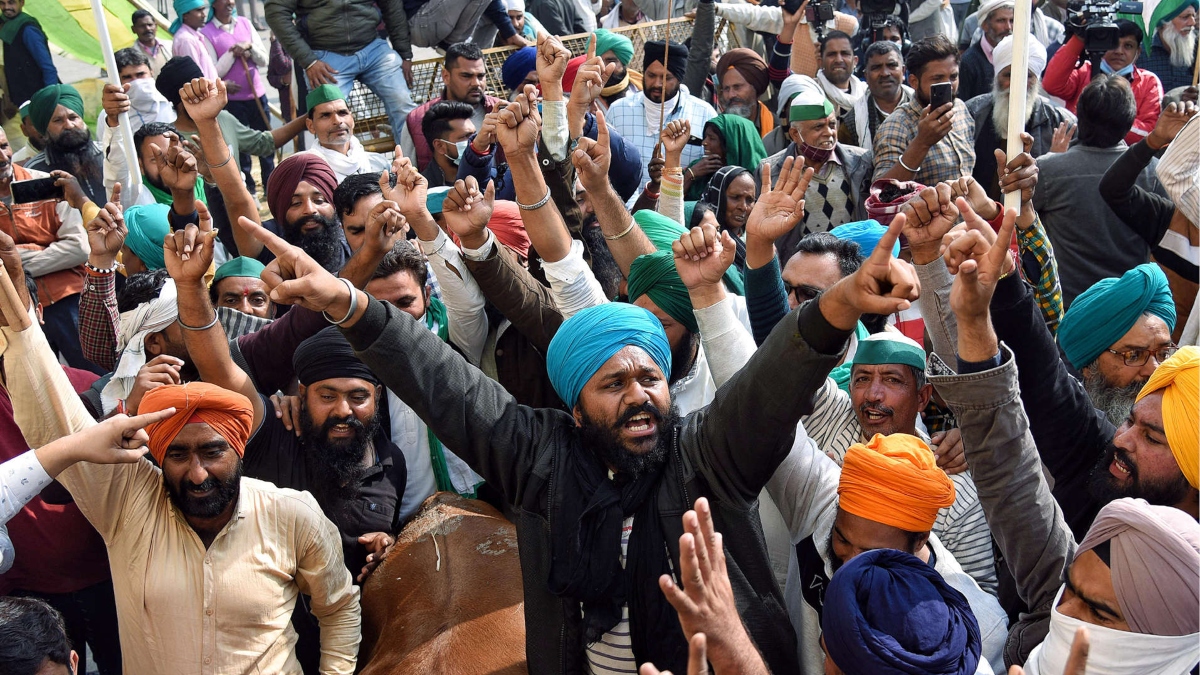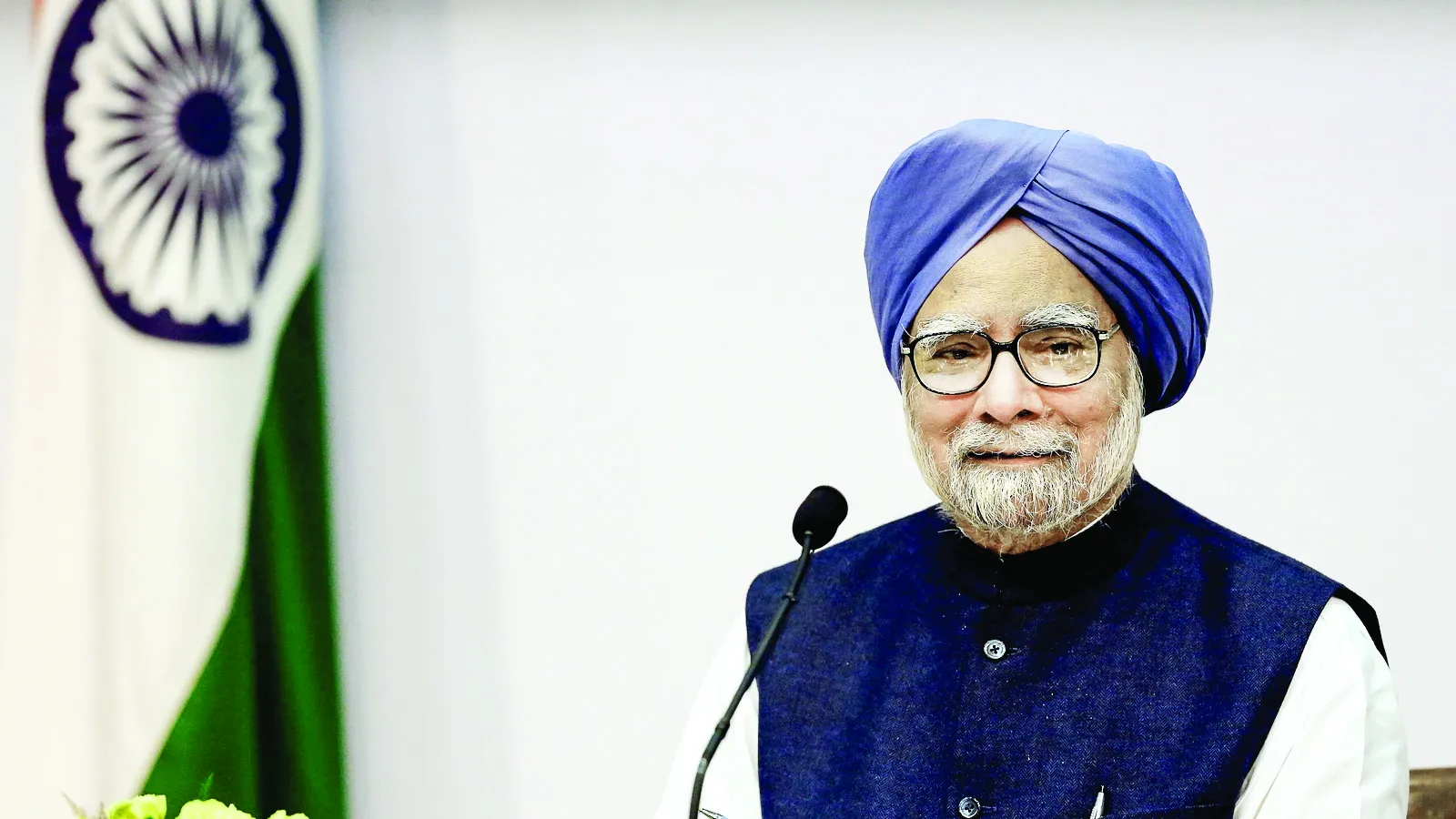The unrelenting farmers huddled up valiantly at the gates of Delhi on freezing December nights prompt us to revisit the three farm Bills. These Bills had become Acts in less than a month’s time in September this year but due to their sharp and radical break from the past some of its sections have provoked severe opposition and turmoil in the countryside. To a common city person, these reforms liberate a farmer both from middlemen and the government, strengthen competitiveness in farming, regulate stockholding and prevent hoarding. To a villager it’s abandoning and deserting a farmer from state-provided protection, making them vulnerable to monopolistic agriculture market controlled by corporates, and divesting small landholding farmers from their only means of assured income. To a researcher it is a diversion from undertaking reforms of agricultural institutions such as the Agriculture Produce Market Committee (APMC) mandis to a perceived infatuation for a market-based agriculture system.
The legendary management guru of the 20th century, Peter Drucker, suggests in the opening remarks to his work, Post Capitalist Society (1993), that every few hundred years in Western history there occurs a sharp transformation and societies cross a ‘divide’, rearrange and change their basic values and key institutions. This leads to a new world which is different from the world where our grandparents and later, parents lived. India is stationed at a very sharp turning point
Reforms are generally understood to be bringing change with patience and faith in the system of governance. However, at certain turning points of history these structural and institutional reforms appear more radical and disruptive in nature as governments foresee a relatively higher cost in reform than in their removal, i.e., replacement of the Planning Commission with Niti Aayog was first such move of government and subsequently governments preferred to dismantle the pre-existing system of governance in many areas of finance, education and now farming. These farm legislations seek to dismantle the 2,477 plus Agriculture Produce Market Committee (APMC) mandis and more than double this number of sub-market yards under the APMCs, which were enacted by the state governments. Some have even found these reforms to be yet another step towards the weakening of states vis-à-vis the Centre and strengthening the unitary system against the federal system of constitutional democracy.
The three laws in question are The Farmers’ Produce Trade and Commerce (Promotion & Facilitation) Act (FPTC), The Farmers (Empowerment & Protection) Agreement on Price Assurance Act (FAPA) and the Farm Services and Essential Commodities (Amendment) Act (FSEC). Except for the first Act, the latter two Acts are negotiable and could have avoided the massive agitation and mass disruption of normal life around the capital city which is still to recover from the Shaheen Bagh fatigue. The second Act, FAPA, provides a framework to engage in contract farming. Since this has already been in existence and most companies strike a direct deal with farmers on what to grow on their land for the largely new commodity markets. PepsiCo has been in the field for almost two decades and most regulations have been mutually developed by the corporate and the farmer by now. Moreover, most of the produce under contract farming does not concern the APMC domain as it consumes special product seeds exclusive for a particular market. Most farmers are not directly agitated on this issue. However, the government has missed an important role and in fact by doing it offers hardly anything new to the farmer. This is the important role to be played by the State Agro-Industrial Corporations which have mostly played as questionable mediators between the farmer and the corporate in contract farming.
The Farm Reforms hold sustainable returns only if state institutions involved in its chain are reformed too. The third Act, FSEC, removes barriers of essential commodity trading imposed under the 1955 Essential Commodity Act on onions, potatoes, edible oil seeds and pulses. This Act also does not concern most farmers directly as by removing certain items from the list of essential commodities the market returns to the farmer is rather increased than inhibited as this may lead to bulk buying and ultimately faster sale of farmer’s produce. Eventually, this brings to forefront the first Act of FPTC as the most contentious Act. Considering the nature of Indian villages and the much talked about poor farmer and a self-sustaining village-mandi market network that facilitates produce of small landholding farmers, it would rather not be wise to leave their requirements unattended.
The federal issue in question is that the states are weakened in both influencing production on land and trading in markets which they obtained under the State List Entry 14 (Agriculture) Entry 26 (Trade & Commerce within a state) and Entry 28 (Markets & Fairs) as the FPTC Act gives uncontested right to the Centre to legislate on ‘trade and commerce’ across state borders and in turn substantially influence produce on land. Further, under Entry 33 of the Concurrent List the Central laws prevail upon the state. According to the printed black letters of the Constitution, even if the Centre has done nothing unconstitutional through farm legislations, such a move in which the Centre is overriding state Acts like the APMC Act, it has failed to observe constitutional morality in the first place. Many Supreme Court judgements have provided enlightening inputs in these fragile boundaries between the powers of the state and the Centre in the larger interest of constitutional morality. In the ITC V APMC 2002, the Supreme Court upheld the validity of state laws and struck down the Central Tobacco Board Act 1975. In its verdict, the court had rejected the very basis of Centre’s overarching superiority over states which it invoked through Entry 52 of the Union List and Entry 33 of the Concurrent List. While ‘Aatmanirbhar Bharat’ expects greater decentralisation of innovation and local initiatives it also demands stronger commitment to constitutional morality as well. Yet by invoking Entry 33 to usurp all trade and commerce taking place within the state under its domain, the Centre has bypassed an important constitutional principle.
The above analysis suggests that there are only a few contentious issues in the farm Acts such as the ones that indicate a free hand to corporates in agricultural markets, winding up of APMC and diluting of MSPs. Ironically, these were not even the cause for a problem that affected agriculture and farmers in the first place. The Indian agriculture employs more than 42% of the labour force as per 2020 ILOSTAT, yet the contribution to GDP is mere 20%. The answer to this complex question was not to adopt Western pattern of monopolistic farming, but to increase small farm production and prevent the escape of labour from villages. An average landholding size is reducing every decade. It has come down from 2.10 hac in 1970-71 to 1.05 hac in 2015-16 and in states like Kerala it’s merely .18 hac. The government could have introduced regulatory and facilitative design for organic farming, integrative and holistic farming involving ecosystem-based agriculture, animal-crop-biodegradable waste based-production in place of mechanised agriculture which defined and also discredited the green revolution.
Is the Centre ready to accommodate most of these small landholding farmers in non-farm employment when the corporates increase profits on land through the introduction of new technology and mechanisation in animal usage which in turn brings optimum returns only on larger size landholdings and high-tech slaughter houses? With the 1.3 billion people to feed and employ, India’s less educated poor farmers have a better vision for sustainable development than the Centre’s expert committees on agriculture. Once again India is set to repeat the same mistake which the Royal Commission on Agriculture 1928 had committed by ignoring the symbiotic relationship of agrarian with agriculture in India! Interestingly, in 2005, when I was conducting DARPG-led evaluation of best practices of Gujarat government, Narendra Modi as Chief Minister was much praised for his creation of symbiotic local market cooperatives and a network of village mandis in complete contravention to his stand today in the farm Bills.
The writer is president, NAPSIPAG Disaster Research Group. She was formerly Professor of Administrative Reforms & Emergency Governance, JNU. The views expressed are personal.






















